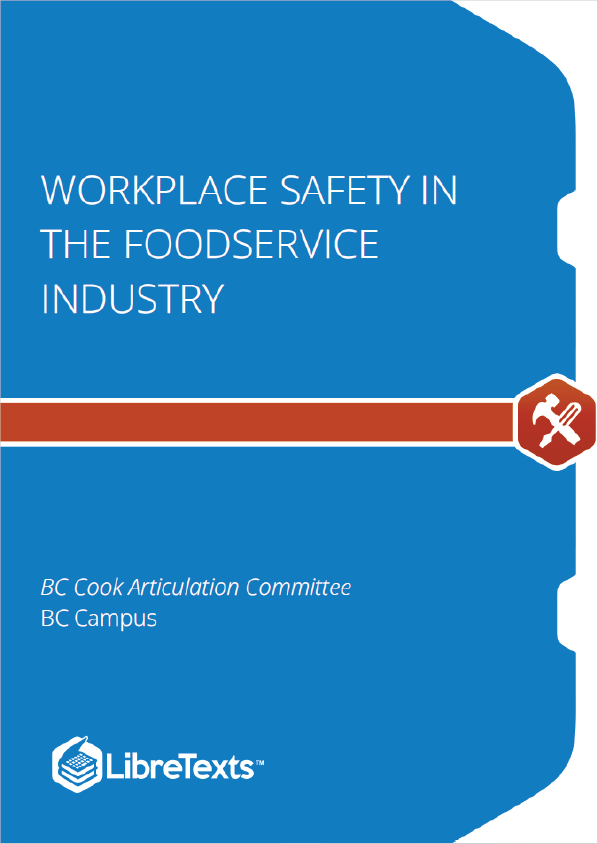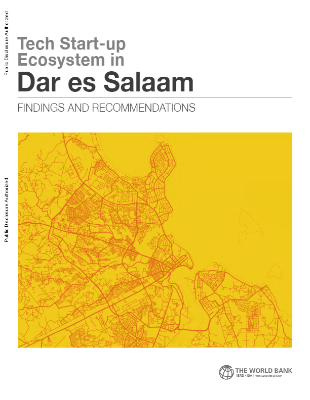Workplace Safety in the Foodservice Industry is one of a series of Culinary Arts books developed to support the training of students and apprentices in BC’s foodservice and hospitality industry.
Workplace Safety in the Foodservice Industry is one of a series of Culinary Arts open textbooks developed to support the training of students and apprentices in British Columbia’s foodservice and hospitality industry. Although created with the Professional Cook, Baker and Meatcutter programs in mind, these have been daesigned as a modular series, and therefore can be used to support a wide variety of programs that offer training in foodservice skills.
Workplace Safety covers British Columbia legislation and regulations for workplace safety, as well as an overview of general safety practices in commercial kitchens and other workplaces in the foodservice industry.
Other books in the series include:
- Food Safety, Sanitation, and Personal Hygiene
- Working in the Food Service Industry
- Basic Kitchen and Food Service Management
- Meat Cutting and Processing
- Human Resources in the Food Service and Hospitality Industry
- Understanding Ingredients for the Canadian Baker
- Nutrition and Labelling for the Canadian Baker
- Modern Pastry and Plated Dessert Techniques
The series has been developed collaboratively with participation from public and private post-secondary institutions.
The regulations related to workplace occupational health and safety in British Columbia are found on the WorkSafeBC website. It is very important that you know how and where to access the information and that you refer to the website for any updates or to ensure that you are complying with all the rules and regulations governing your industry. The following five documents are essential to understanding and meeting the minimum requirements for occupational health and safety in B.C. These documents cover the legal obligations and regulations, and offer tools to help people understand how the regulations are applied and enforced.
- Workers Compensation Act (B.C.) excerpts and summaries (WCA)
- Hazardous Products Act (Canada) summaries (HPA)
- Occupational Health and Safety Regulation (OHS Regulation)
- Prevention Manual (policies)
- Guidelines to help interpret and apply the OHS Regulation and Workers Compensation Act
Occupational Health and Safety Programs
Almost all businesses must be registered with WorkSafeBC and are required to have an occupational health and safety (OHS) program. Larger businesses require a formal program, while smaller businesses can have a less formal program. Regardless of the level of formality, the purpose of the program is the same in any organization.
An effective OHS program will:
- Identify hazards in the workplace
- Eliminate or minimize the potential for injuries, disease, or loss of life
- Limit financial losses resulting from injuries and disease
- Be monitored to ensure that it meets its goals and WorkSafeBC requirements
Details on OHS programs are available on the WorkSafeBC website. All businesses must comply with WorkSafeBC requirements.
The most effective OHS programs are developed jointly by management and staff. There are different levels of responsibility in the organization of OHS. Everyone must understand both their own roles and the roles of others so they can work toward common health and safety goals.











